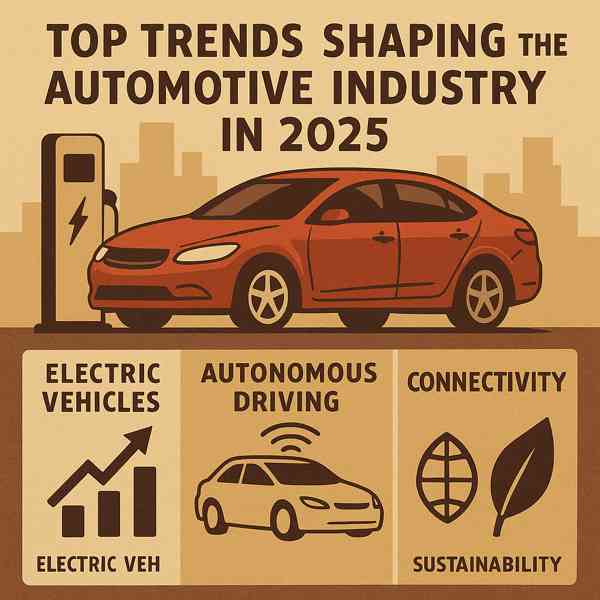Electric Vehicles Explained
Electric Vehicles Explained
Blog Article

Electric vehicles (EVs) are reshaping the way we think about transportation.
From compact cars and SUVs to trucks and motorcycles, EVs are available in more models than ever.
What Are Electric Vehicles?
Electric vehicles are powered entirely by rechargeable batteries, rather than traditional internal combustion engines.
Main elements of an electric vehicle:
- Drives the wheels using electricity
- Stores the electrical energy
- Manages energy flow from battery to motor
- Allows the vehicle to recharge from external sources
Electric vehicles come in various types, such as battery electric vehicles (BEVs)—each with different levels of electrification.
Advantages of Going Electric
The rise of electric vehicles is fueled by their positive environmental impact.
What makes EVs attractive:
- Reduced maintenance needs
- No tailpipe emissions
- Better overall driving comfort
- Rebates and subsidies in many regions
For eco-conscious and cost-aware drivers, electric vehicles are an increasingly forward-thinking choice.
Challenges of Electric Vehicles
Understanding the limitations of electric vehicles will help you make an informed decision.
Potential drawbacks to keep in mind:
- Limited driving range
- Longer trips need planning
- More expensive upfront than comparable gas models
- Battery lifespan and replacement
As technology advances and infrastructure improves, many of these challenges are becoming more acceptable.
Types of Electric Vehicles
Choosing the right type depends on your needs, driving habits, and budget.
Categories of electric vehicles:
- Fully electric with no gas engine
- Plug-in Hybrid Electric Vehicles (PHEVs)
- Hybrid Electric Vehicles (HEVs)
- Emit only water vapor
Each type has its pros and cons, so buyers should choose accordingly.
Understanding Charging Options
Charging an electric vehicle is part of everyday ownership once you understand your options.
How EVs get recharged:
- Standard household outlet
- Level 2 Charging
- DC Fast Charging
- Still in development or premium models
As public charging networks expand, EV owners will enjoy even more support and reliability.
What’s Next for EVs?
Electric vehicles are here to stay. read more
Next-generation EV developments:
- Longer range and safer performance
- Using EVs to support the power grid
- Autonomous electric vehicles
- Making EVs accessible to all drivers
As innovation continues, EVs will become more mainstream and essential.
Conclusion
Electric vehicles represent a major shift in how we think about transportation.
From environmental benefits to cutting-edge tech, electric vehicles offer a exciting alternative to traditional cars.
Report this page